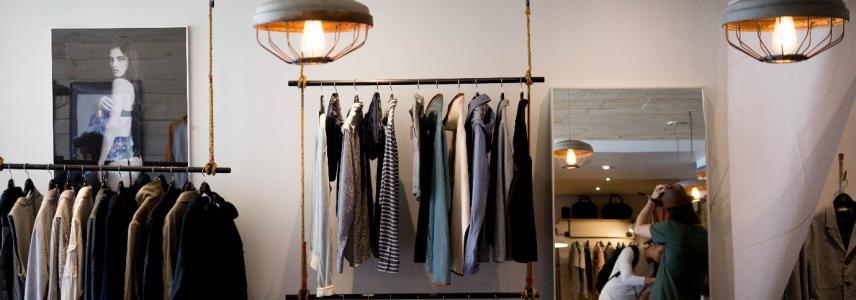Brexit delay continues uncertainty for apparel manufacturers from developing countries

United Kingdom’s exit from the European Union creates continued uncertainty for the British apparel market and its trade partners. The impact of Brexit will depend on whether it is a negotiated agreement or a ‘Hard exit’ without an agreement.
It is forecasted that Brexit will result in import and export tariffs of approx. 11% and will cost British apparel manufacturers GBP 750 million per year in new taxes. This, in turn, is estimated to result in a 16% to 50% decline in the value of apparel, footwear and textile imports from the developing countries.
Uncertainties
In late October, UK’s planned leaving of the European Union, the so-called Brexit, has been postponed yet again till January 31st 2020. The exit and uncertainties surrounding it, specifically whether Great Britain will leave the EU with a negotiated agreement or without an agreement (a (Hard Brexit) have over time resulted in a decline of the British Pound, stagnation of the business investment in the country and economic growth slowdown. New data released in November showed that the UK economy grew at its slowest rate in almost a decade this quarter with business and consumer spending discouraged by the persistent Brexit uncertainty.
Impact on the UK fashion industry
The UK fashion industry contributes GBP 32.3 billion to the country’s GDP. It also employs 10,000 European staff and imports more than EUR 7.1 billion of clothes from Europe and EUR 4.4 billion from the developing countries every year. Brexit is sure to impact the trade flows with both the EU and the developing countries as it will make the European market less accessible and more restrictive. The ‘Hard Brexit’ will potentially lead to a loss of the currently existing frictionless borders, tariff-free access, warehousing and specialist workers from the EU. All these factors are expected to lead to rising prices and decreased margins for British apparel manufacturers.
According to the Evening Standard’s and Vogue Business’s analysis of Brexit’s impact on the UK fashion industry, the disappearance of the trade deals alone is projected to lead to an up to 11.5% tariff on Britain’s clothing and up to 6.5% tariff on the textile trade with the EU. Tariffs would include raw materials used in production, samples, as well as finished goods. These values could be further increased and the trade further bureaucratically complicated by any tariffs that the British government might impose. S&P Global is estimating that the British fashion manufacturers would face a yearly tariff bill of approximately GBP 750 million. As a result of the import and export tariffs and a more difficult inflow of specialist workers, the apparel manufacturers will likely opt for establishing warehouses in other European countries or will become increasingly uncompetitive. Over time, it is expected that the apparel and footwear production in the UK will shrink and that the value of apparel trade between the UK and the EU will decrease.
Some developing countries more affected
According to a 2017 analysis, Brexit might affect exports of some developing countries more than others with the potential reduction in trade estimated at 16% to 50% of the current export value in clothes, textiles and footwear. Developing countries in Asia-Pacific who have a significant reliance on the UK market for exports, e.g. Sri Lanka, Cambodia, Bangladesh and Pakistan, will need to be particularly wary of the potential trade disruptions, while larger developing countries would likely benefit from any diversions of export in these sectors. It is uncertain whether the UK will continue to provide preferential market access to the developing countries after Brexit but it is advisable that the developing country trade partners secure such agreements as soon as possible. It is advisable that the developing countries which are heavily dependent on trade with the UK, start exploring other interesting European markets, including the five most important apparel import markets analyzed in the CBI Market Statistics and Outlook Study and the markets analyzed in the Promising export products analyses available on CBI’s Exporting Apparel to Europe webpage.
Stay up-to-date
To stay up-to-date on the latest developments in the Apparel sector, make sure to subscribe to our newsletter via the following link: Subscribe to our newsletter.
This article has been written by M-Brain for CBI.